Y. Ivette Colon
The University of Texas at Dallas
Deep Convolutional Neural Networks in the Face of Caricature: Identity and Image Revealed
Dec 28, 2018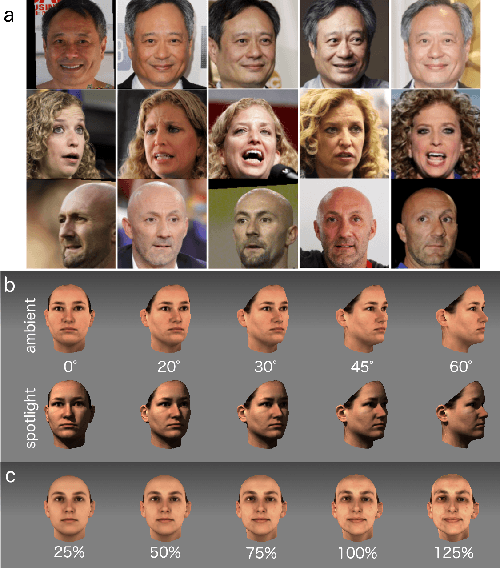

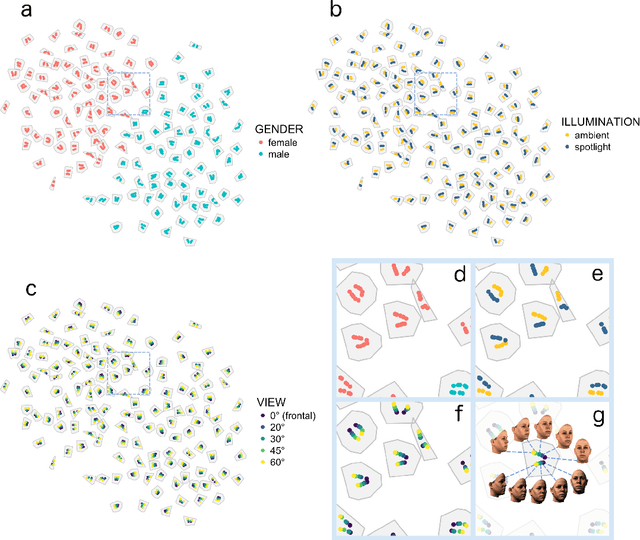

Abstract:Real-world face recognition requires an ability to perceive the unique features of an individual face across multiple, variable images. The primate visual system solves the problem of image invariance using cascades of neurons that convert images of faces into categorical representations of facial identity. Deep convolutional neural networks (DCNNs) also create generalizable face representations, but with cascades of simulated neurons. DCNN representations can be examined in a multidimensional "face space", with identities and image parameters quantified via their projections onto the axes that define the space. We examined the organization of viewpoint, illumination, gender, and identity in this space. We show that the network creates a highly organized, hierarchically nested, face similarity structure in which information about face identity and imaging characteristics coexist. Natural image variation is accommodated in this hierarchy, with face identity nested under gender, illumination nested under identity, and viewpoint nested under illumination. To examine identity, we caricatured faces and found that network identification accuracy increased with caricature level, and--mimicking human perception--a caricatured distortion of a face "resembled" its veridical counterpart. Caricatures improved performance by moving the identity away from other identities in the face space and minimizing the effects of illumination and viewpoint. Deep networks produce face representations that solve long-standing computational problems in generalized face recognition. They also provide a unitary theoretical framework for reconciling decades of behavioral and neural results that emphasized either the image or the object/face in representations, without understanding how a neural code could seamlessly accommodate both.
Deep Convolutional Neural Network Features and the Original Image
Nov 06, 2016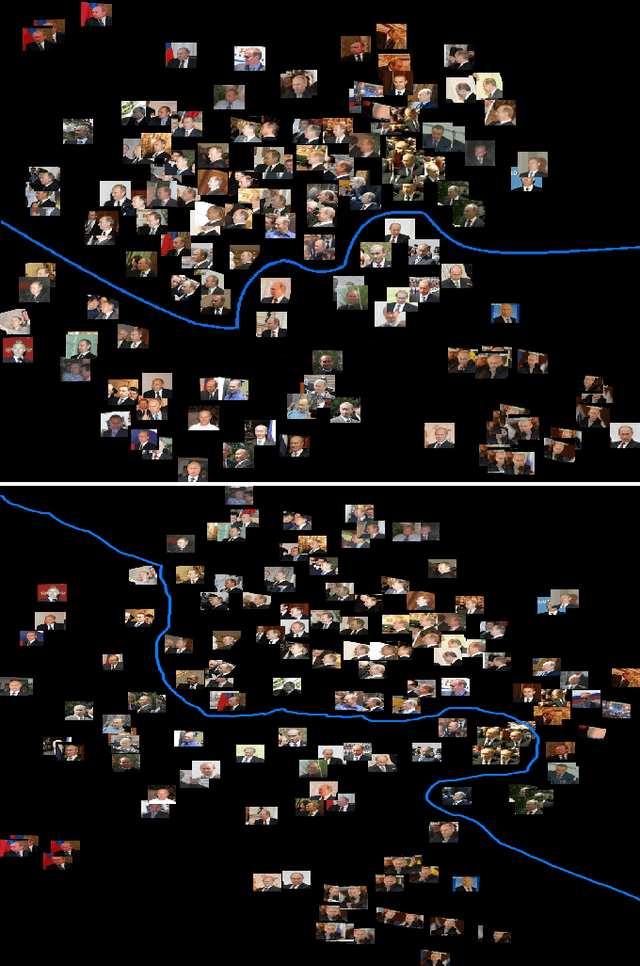
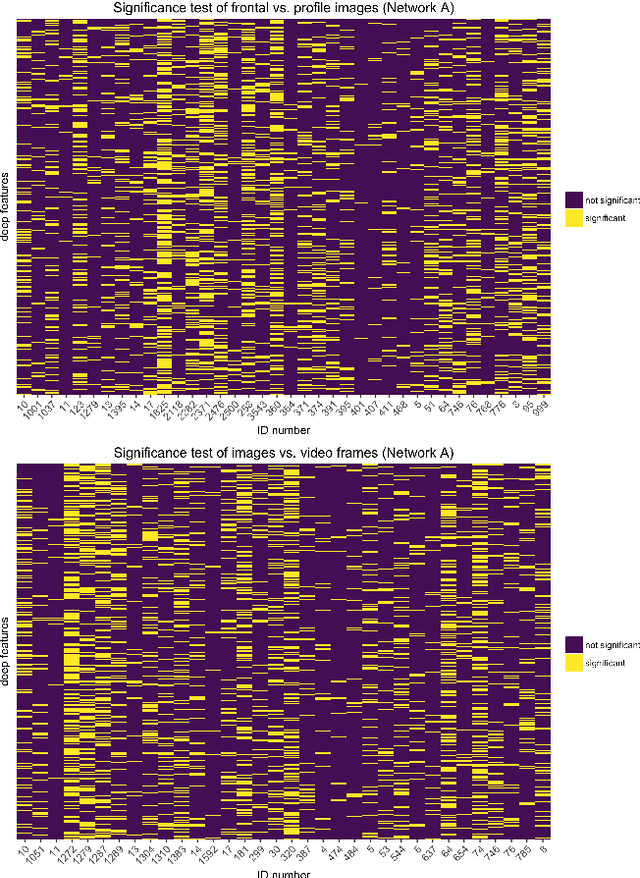
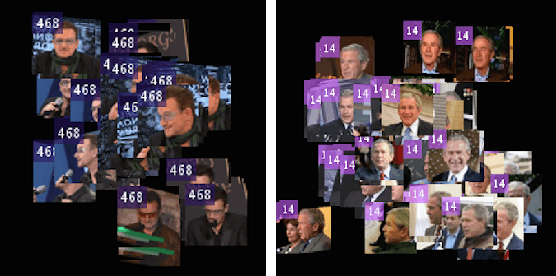

Abstract:Face recognition algorithms based on deep convolutional neural networks (DCNNs) have made progress on the task of recognizing faces in unconstrained viewing conditions. These networks operate with compact feature-based face representations derived from learning a very large number of face images. While the learned features produced by DCNNs can be highly robust to changes in viewpoint, illumination, and appearance, little is known about the nature of the face code that emerges at the top level of such networks. We analyzed the DCNN features produced by two face recognition algorithms. In the first set of experiments we used the top-level features from the DCNNs as input into linear classifiers aimed at predicting metadata about the images. The results show that the DCNN features contain surprisingly accurate information about the yaw and pitch of a face, and about whether the face came from a still image or a video frame. In the second set of experiments, we measured the extent to which individual DCNN features operated in a view-dependent or view-invariant manner. We found that view-dependent coding was a characteristic of the identities rather than the DCNN features - with some identities coded consistently in a view-dependent way and others in a view-independent way. In our third analysis, we visualized the DCNN feature space for over 24,000 images of 500 identities. Images in the center of the space were uniformly of low quality (e.g., extreme views, face occlusion, low resolution). Image quality increased monotonically as a function of distance from the origin. This result suggests that image quality information is available in the DCNN features, such that consistently average feature values reflect coding failures that reliably indicate poor or unusable images. Combined, the results offer insight into the coding mechanisms that support robust representation of faces in DCNNs.
 Add to Chrome
Add to Chrome Add to Firefox
Add to Firefox Add to Edge
Add to Edge